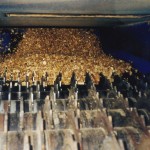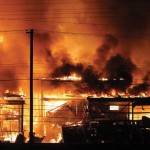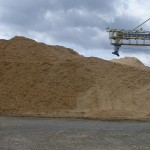Introduction
Woody biomass has been used for hundreds of years as a fuel source, primarily as solid wood being burned in a fireplace or stove. For much of the 20th century, excessive waste residuals from forest industry facilities such as sawmills, were disposed of by burning in piles or `tee-pee’ burners. Even today, most logging residuals are unused and are disposed of by burning in slash piles. In the mid part of the 20th century, industry started to use their woodwaste as a fuel source for process heat and electricity (cogeneration / combined heat and power). Also, wood pellets started to be used as a domestic fuel in homes, primarily in Europe.
Climate change and global warming have become big topics in the last 20 years, and most scientists believe that mankind is a significant contributor to global warming, particularly through the use of fossil fuels. Recently, progressive governments committed to reducing their green-house gases (GhG’s) and are promoting and funding considerable research into finding sustainable, low-carbon energy sources. Governments have mandated the closure of coal-fired power plants and are looking for alternative fuels. Consequently in the last decade, the world `discovered’ woody biomass and is focusing on its use as a sustainable, low-carbon fuel or feedstock for bio-chemicals. Continue reading →

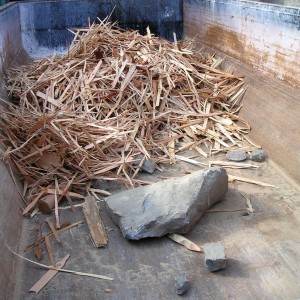
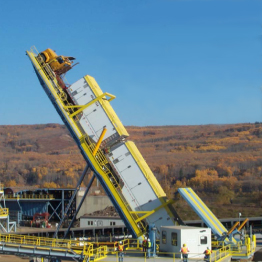
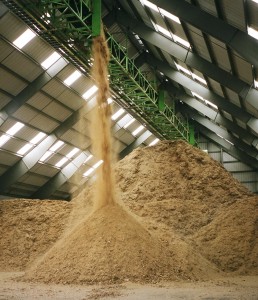
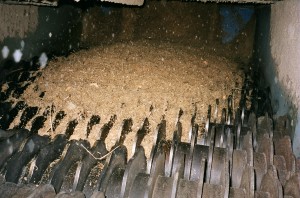 The disc screen is a simple piece of equipment that is ideal for, and commonly used for screening woody biomass. It consists of a series of driven shaft assemblies mounted in a frame. Each rotor shaft assembly has profiled discs mounted at regular spacings. The discs from one shaft interleaf with those on the adjacent shafts, creating open areas between the discs and the shafts.
The disc screen is a simple piece of equipment that is ideal for, and commonly used for screening woody biomass. It consists of a series of driven shaft assemblies mounted in a frame. Each rotor shaft assembly has profiled discs mounted at regular spacings. The discs from one shaft interleaf with those on the adjacent shafts, creating open areas between the discs and the shafts.